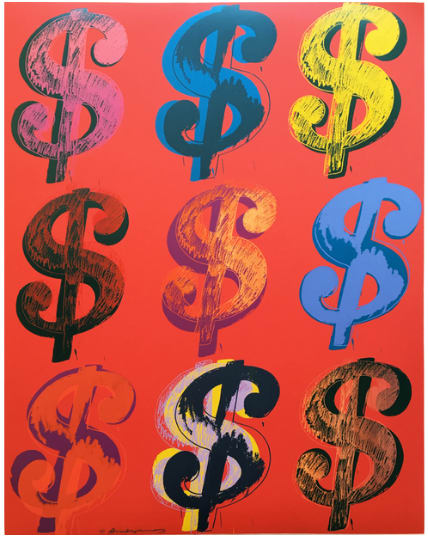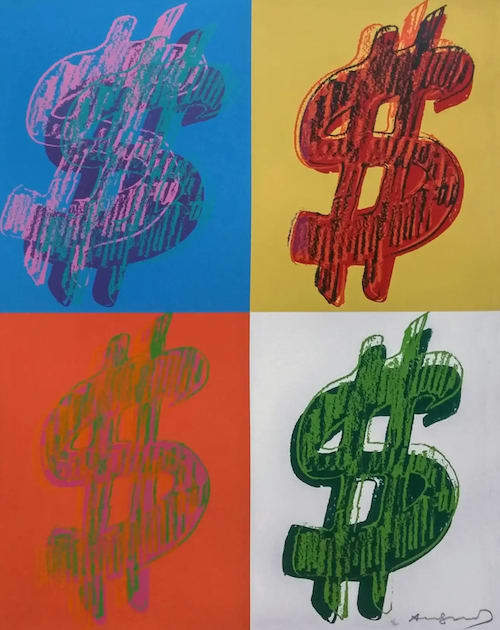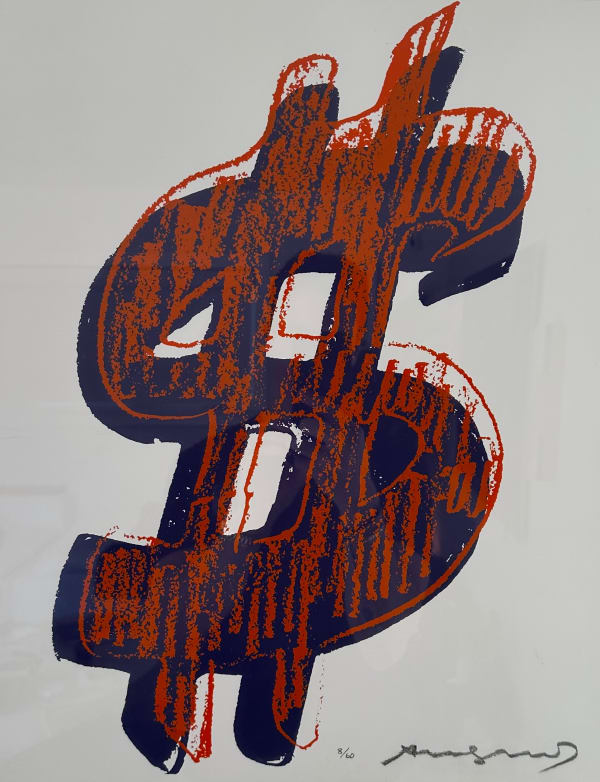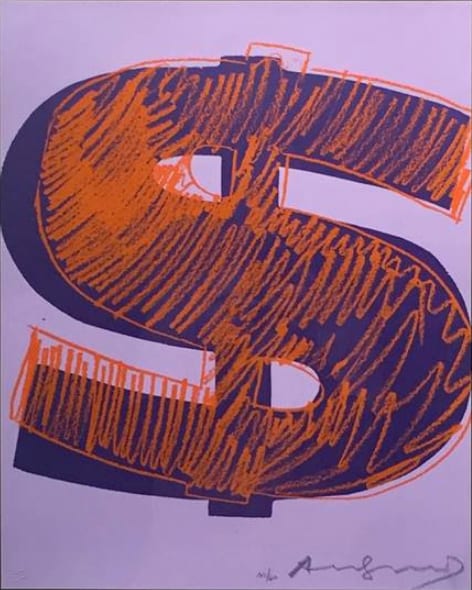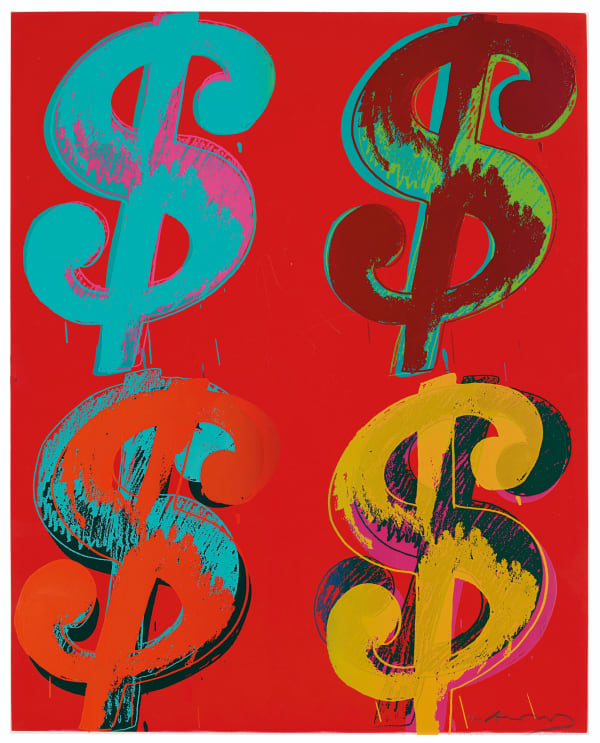Andy Warhol's artistic legacy is as multifaceted as it is enduring, encompassing a diverse array of works that challenge conventional notions of art and society. Among his most iconic creations are the Dollar Signs, a series of paintings, drawings, and screen prints that serve as potent symbols of his relentless exploration of the intersections between art, consumerism, and culture. the Dollar Signs stand as testaments to Warhol's ability to distill complex themes into visually striking imagery.
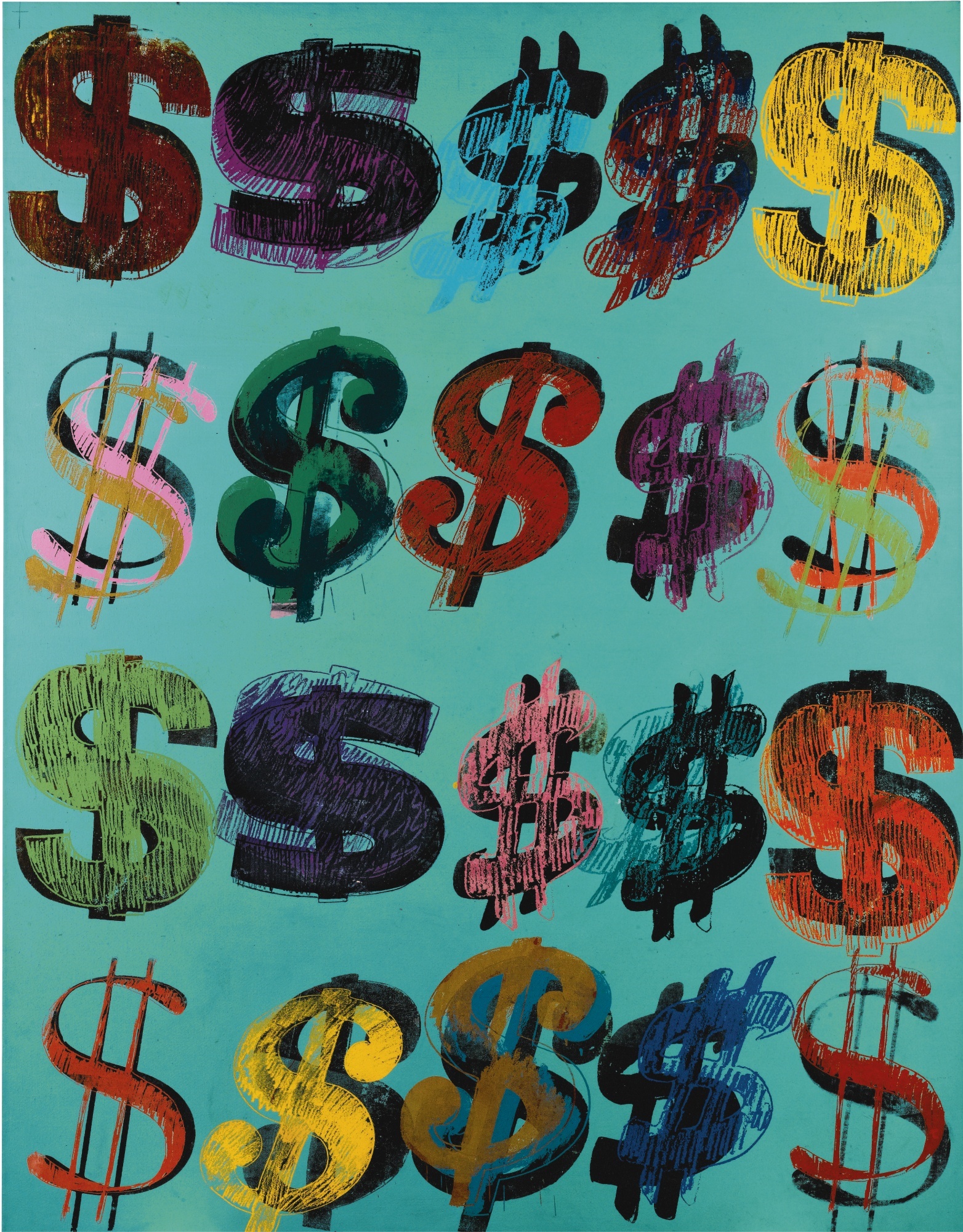
Andy Warhol's Dollar Signs stand as iconic symbols of his artistic prowess and cultural commentary. These works, first exhibited in January 1982 at the Leo Castelli Gallery in New York, represent a bold reinvention of the relationship between art and commerce. As one critic notes, they are on par with Warhol's legendary Campbell's Soup Cans in their audacious assertion of what constitutes art. Warhol himself unabashedly declared, "big-time art is big-time money," underscoring the profound connection between art and financial value.
Warhol's Dollar Signs are not merely representations of currency; they are bold statements about the nature of consumerism. With their wild colors and flamboyant design, they embody an extreme artistic expression that simultaneously empties and glamorizes their subject matter. Like his renowned Marilyns from 1962, Warhol's Dollar Signs transform the banal into the sublime. In these works, Warhol offers a panoramic understanding of the commodity, exploring its crassness and allure while focusing intensely on its symbolic power: money.

Warhol's fascination with money dates back to his early years, when he began experimenting with screen prints of dollar bills in 1962. However, it was in 1981 that he embarked on a focused exploration of the dollar sign motif, resulting in a series of drawings, paintings, and screen prints. Departing from his usual practice of appropriating images, Warhol drafted the dollar signs himself, imbuing them with a gestural and expressive quality that reflects his evolving artistic style.
CREATED DURING THE MATERIALISTIC FERVOR OF THE REAGAN ERA, THESE WORKS RESONATE DEEPLY WITH THE COMMERCIALISM OF THEIR TIME. THROUGH HIS TRUTH-TELLING, WARHOL FORESAW THE MONEY-MAD DECADES TO COME, WHERE THE WORLDS OF ART AND BUSINESS WOULD CONVERGE ON AN UNPRECEDENTED SCALE.
These Dollar Signs encapsulate Warhol's ability to distill popular culture into iconic imagery. As symbols of success, celebrity, and glamour, they embody the themes that permeate his entire body of work. For Warhol, money was not just a subject; it was a medium through which to explore the complexities of contemporary society. As he famously remarked, "I like money on the wall," suggesting that money itself could be a form of art, worthy of display and contemplation. In this way, Warhol's Dollar Signs transcend their monetary value, becoming timeless reflections of the cultural landscape in which they were created.
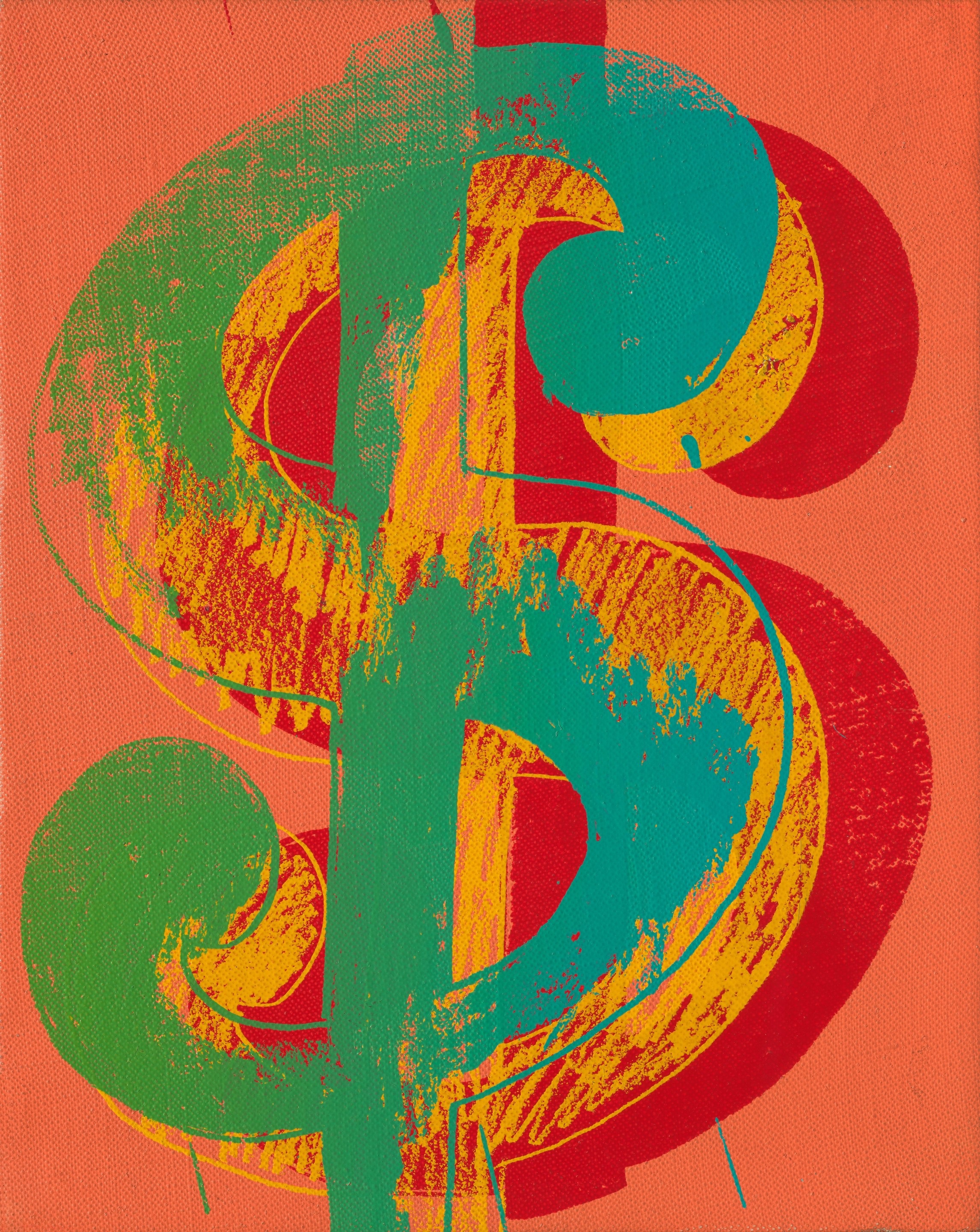
Andy Warhol's Dollar Signs represent more than mere depictions of currency; they are reflections of an era defined by materialism, consumerism, and the commodification of art. Through these works, Warhol not only captured the spirit of his time but also foresaw the trajectory of a society increasingly driven by wealth and celebrity. As symbols of both artistic expression and financial value, the Dollar Signs continue to resonate with audiences today, inviting reflection on the complex relationship between art and commerce in our modern world. Thus, Warhol's Dollar Signs stand as enduring reminders of his unparalleled ability to transcend the boundaries of art, leaving an indelible mark on the cultural landscape for generations to come.
March 25, 2024


